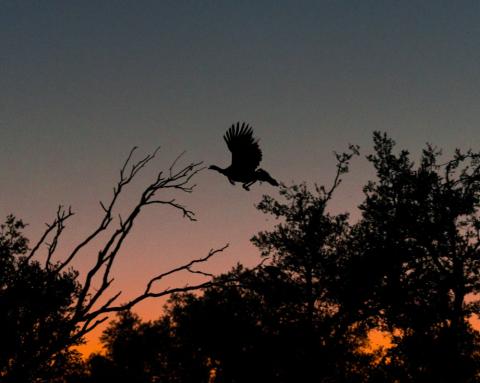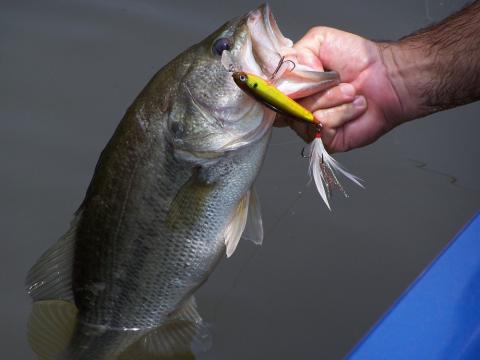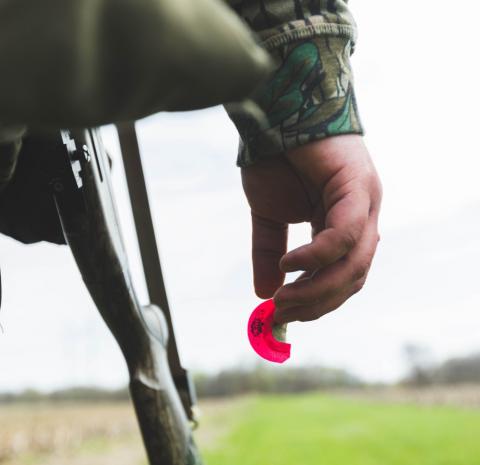Bob Humphrey | Originally published in GameKeepers: Farming for Wildlife Magazine
Few among us haven’t wondered what it would be like to go back in time and hunt deer in landscape largely unaltered by mans’ hand. Close your eyes and imagine slipping through the same forests encountered by Daniel Boone and Davy Crockett, and Natty Bumppo, the original “deer-slayer.” As you’ll soon see, things are quite different, more different than you could have imagined....
Much more of the land is forested. Openings and glades are few and farther between, and typically the result of natural events like hurricanes, lightning strikes, disease and fire. Even the composition of the forest is quite different from what anyone alive in the 21st Century will ever witness.
Slipping along under a towering canopy of hardwoods you search for food that might attract and concentrate your quarry. Outside of the forest edge and scant few openings there’s little growth in the understory; so you search for mast. But where are the oaks and their bounty of acorns? They too are far less common than you expected. But hard mast and the wild creatures that consume it are both quite abundant.
Rather than acorns, the forest floor is littered with spiny, urchin-like pods. Splitting one open you see it contains several nuts that look curiously like the eye of the buck you seek. It is these nuts that have sustained deer, turkeys and numerous other forest creatures for millennia. It’s inconceivable, but in the blink of an eye—in geologic time—they’ll all be gone.
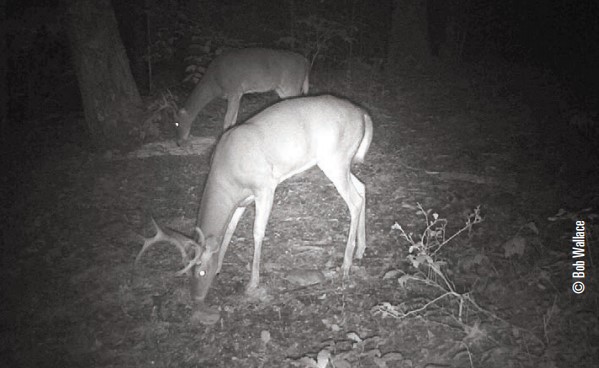
Today, most of us are more familiar with chestnuts as a novelty food item, roasting on an open fire in our holiday songs and perhaps an ingredient in our traditional Thanksgiving stuffing. Prior to the early 1900s and for thousands of years before, American chestnuts (Castanea dentata) were the most common hardwood trees in North America, making up an estimated 25 percent of the eastern hardwood forest. They grew to heights of 120 feet and girths wider than a man is tall. They represented one of the most important sources of hard mast for deer, bear, turkeys and a host of other wildlife species, dropping nuts in such abundance they could literally be scooped up in shovels by the bushel.
Rather than axes, saws and plows, the chestnuts' demise was a blight caused by a tiny fungus, Endothia parasitica. Scientists surmise it came from Asian chestnut (Castanea spp.) trees imported as nursery stock in 1904, starting at the New York Zoological Garden and spreading from Maine to Georgia over the next 30 years. By the time of the Great Depression, the most common hardwood tree in eastern North America was all but exterminated.
Oaks eventually filled the chestnut’s ecological role, both as a dominant overstory tree and an important source of food for wildlife. Few would argue that acorns are not a nutritious and attractive alternative to chestnuts. However, like most substitutes, they’re not as good as the original.
Chestnuts are nutritionally superior, containing approximately 40 percent carbohydrates, compared to about 10 percent for white oak acorns; 10 percent protein compared to only four for white oak acorns, and two percent fat, compared to 10 percent in acorns. And despite the fact that chestnuts have been largely absent from the landscape for over a century, deer still know the difference. They have evolved over millennia and the ability to recognize more nutritious food is “hard-wired” into their genes.
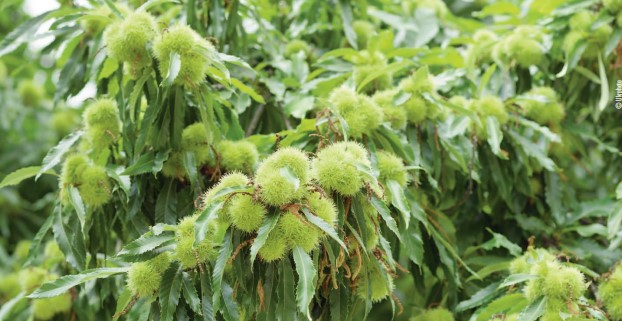
In time, chestnuts can grow 60—80 feet tall, and they lack the cyclical nature of oaks because they flower later in spring—after late frosts that could cause widespread acorn failures. With more protein and carbohydrates than acorns and no bitter tasting tannins, chestnuts are both a strong attractant and a great source of nutrition. In closely monitored field tests, Dr. James Kroll determined deer prefer chestnuts 100:1 over acorns.
The list of possible applications is limited only by your own creativity. Pour chestnuts in small strips or in large piles and its irresistible sweet-smelling aroma will attract deer in wet or dry conditions. Use it to condition deer to a certain area before the season, or draw them in when the season is on. You can also use it when establishing bait sites for camera surveys. Your deer will never be happier, or healthier.


















